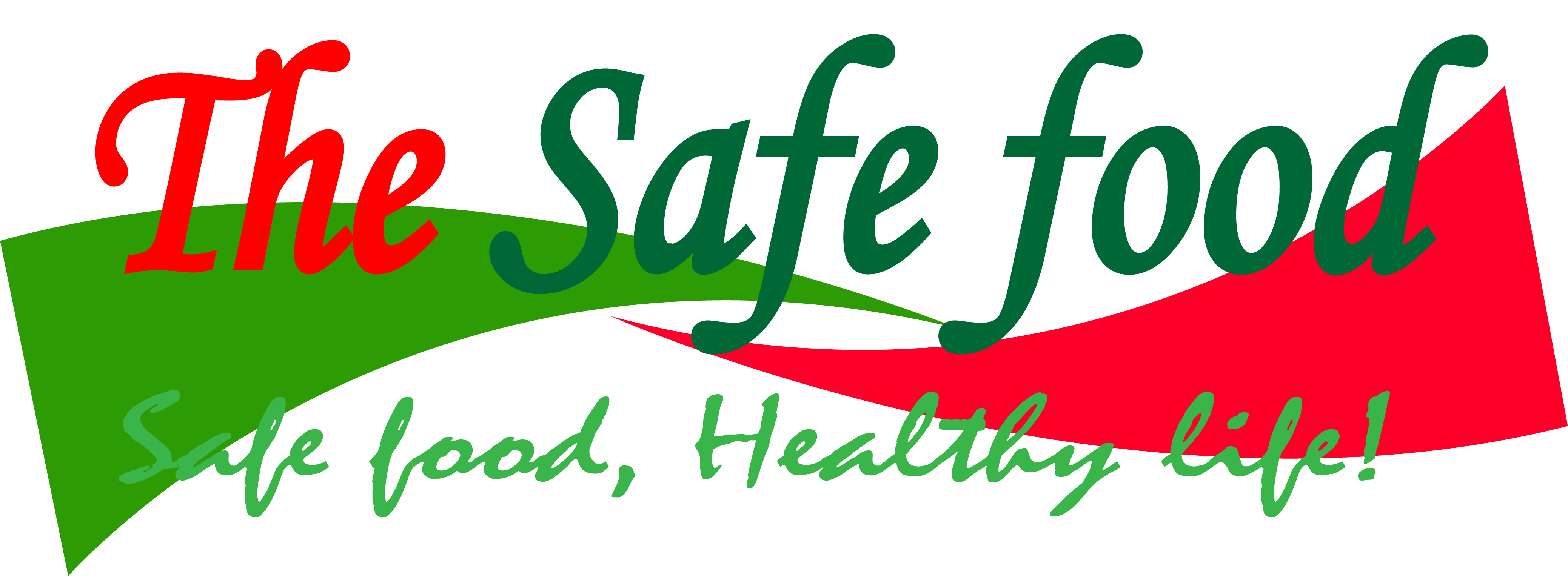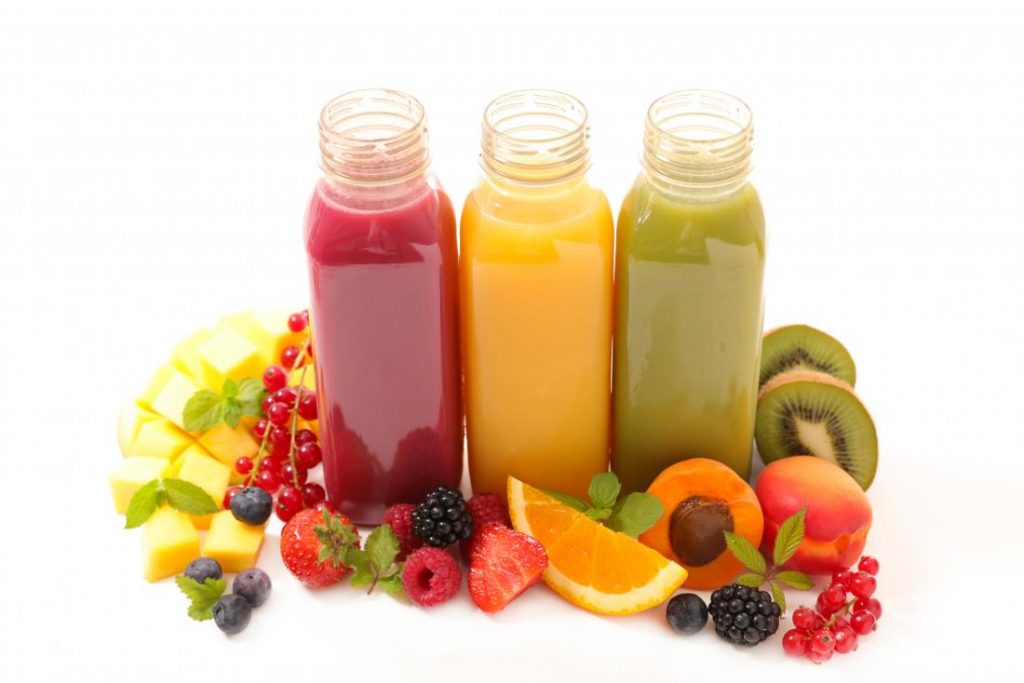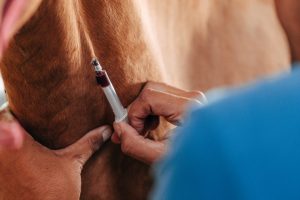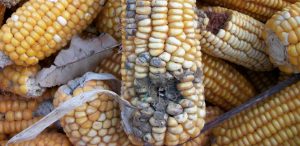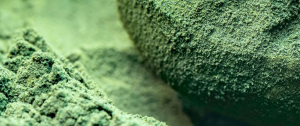While fresh fruit drinks are cherished for their natural sweetness and health benefits, there’s a concerning aspect that demands attention – the possibility of toxic contaminants. In this article, we delve into the potential toxins in your daily fruit juice consumption. Stay informed and safeguard your well-being as we explore the critical issue of toxic contaminants in fresh fruit juices. Let’s sip smarter and savor our favorite juices without compromising on safety!
Toxic contaminants in fresh fruit juices
Patulin
The main sources of patulin are different Penicillium, Aspergillus, and Byssochlamys species, It has been reported to be carcinogenic, and mutagenic. Important microorganisms that produce patulin include Penicillium expansum, Byssochlamys fulva, and Byssochlamys nivea. Patulin has been discovered in a wide variety of foods, especially in fruits and drinks.
Fruits’ increased levels of sugar and moisture promote the production of patulin. It is primarily found in apple-derived goods like apple juices because it is highly soluble in water and extremely stable in aqueous acidic environments. Pasteurized fruit juices may potentially include Patulin, because this mycotoxin is heat-resistant.
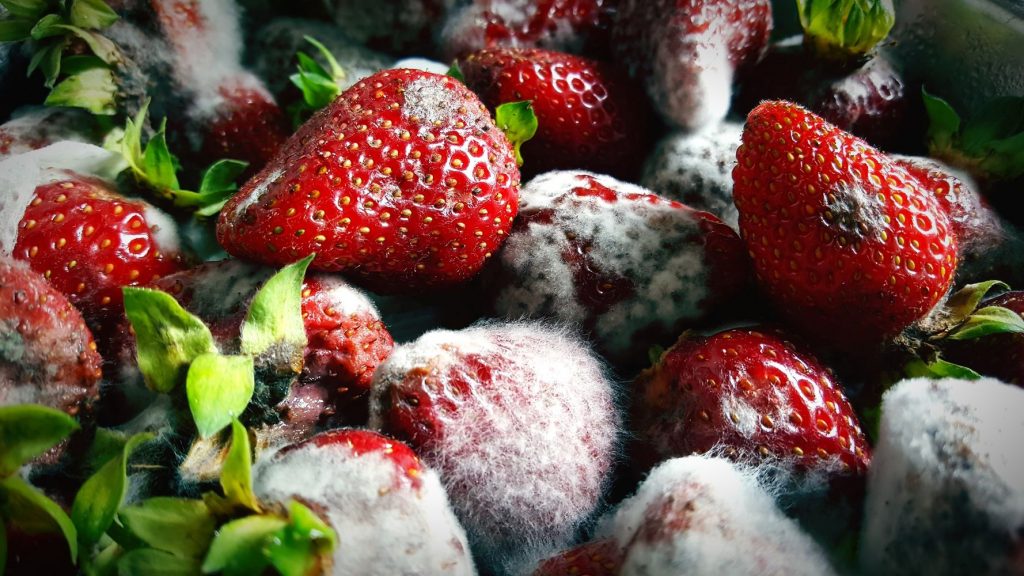
Aflatoxins
Aspergillus species are the primary producers of aflatoxins. The majority of the time, aflatoxin contamination occurs after harvest and during storage. Aflatoxin concentration in food increases quickly when improper handling occurs during shipping and storage, including exposure to environments like high humidity and temperatures. Aflatoxicosis is the name for the illness brought on by eating contaminated food. Dried fruits can be contaminated with aflatoxins.
Ochratoxin A
Ochratoxins are a class of mycotoxins that are mostly produced by the species Aspergillus and Penicillium. Ochratoxin is a key nephrotoxic mycotoxin with effects such as teratogenicity, cancer, immunotoxicity, genotoxicity, hepatotoxicity, and perhaps neurotoxicity. The prevalence of ochratoxins in fruit juices might rise as a result of poor agricultural, harvesting, and storage methods, as well as physical and physiological damage.
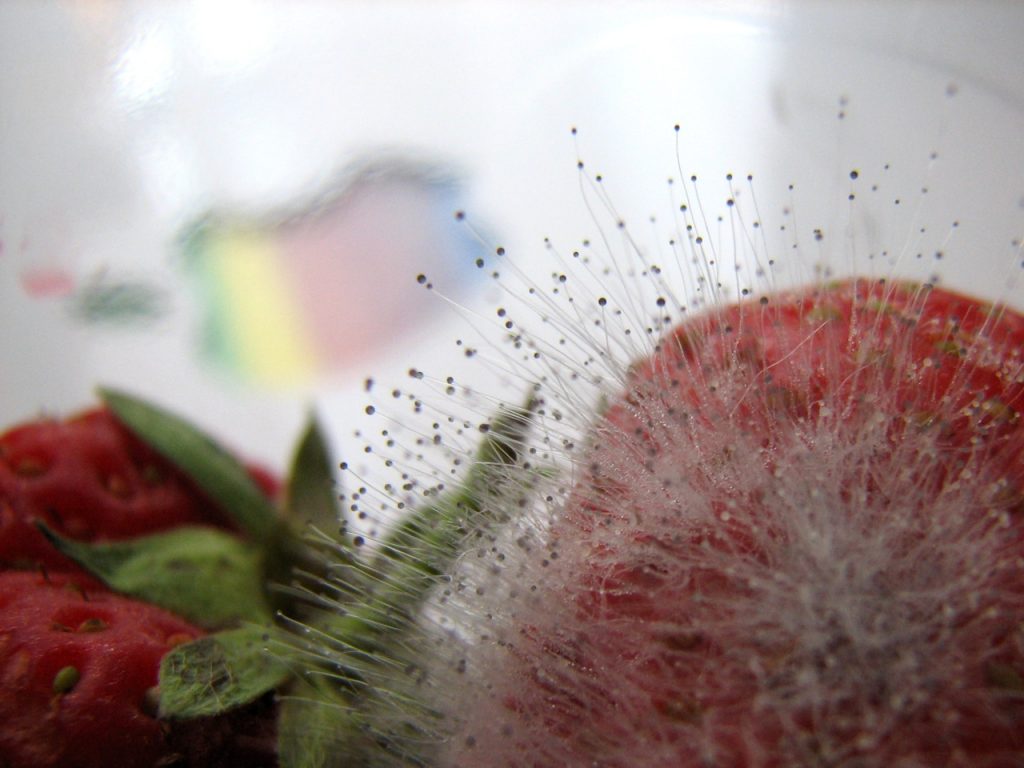
Alternaria Toxins
The main Alternaria mycotoxins are Tenuazonic acid, Alternariol, and alternariol monomethyl ether. Alternaria spp., mainly Alternaria tenuissima, Alternaria arborescens, and Alternaria alternata produce Alternariols and are found in a wide range of foods including prune nectar, carrot juice, berries, apple juice concentrate, raspberry juice, grape juice, cranberry juice, beer, and red wine. Alternaria mycotoxins are toxic, carcinogenic, and mutagenic and are responsible for DNA helix deformation.
Pesticide residues
Fruits may potentially contain residues of pesticides that are used to control pests while fruits are produced in the farm. Many factors may contribute to high levels of these pesticides on food key among them, failure to observe withdrawal periods. The lack of control in application and management in Kenya is the reason why these products potentially have pesticide residues.
Heavy metals
Through their root systems, plants absorb heavy metals from contaminated soil and airborne deposits on the sections of the plants that are exposed to the air in polluted areas. Additionally, fruit and vegetables may become contaminated with heavy metals as a result of being irrigated with contaminated water. However, eating fruit juices made from fruits contaminated with heavy metals may be harmful to one’s health.
References
- Elbagermi, M. A., Edwards, H. G. M., & Alajtal, A. I. (2012). Monitoring of heavy metal content in fruits and vegetables collected from production and market sites in the Misurata area of Libya. International Scholarly Research Notices, 2012.
- Trucksess, M. W., & Scott, P. M. (2008). Mycotoxins in botanicals and dried fruits: a review. Food additives and contaminants, 25(2), 181-192.
- Azam, M., Ahmed, S., Islam, M., Maitra, P., & Yu, D. (2021). Critical assessment of mycotoxins in beverages and their control measures. Toxins, 13(5), 323.
Our Blog!
Read the latest from our blog!
Ask the Experts!
Get answers from the food scientists!
Feedback!
We value your feedback!
